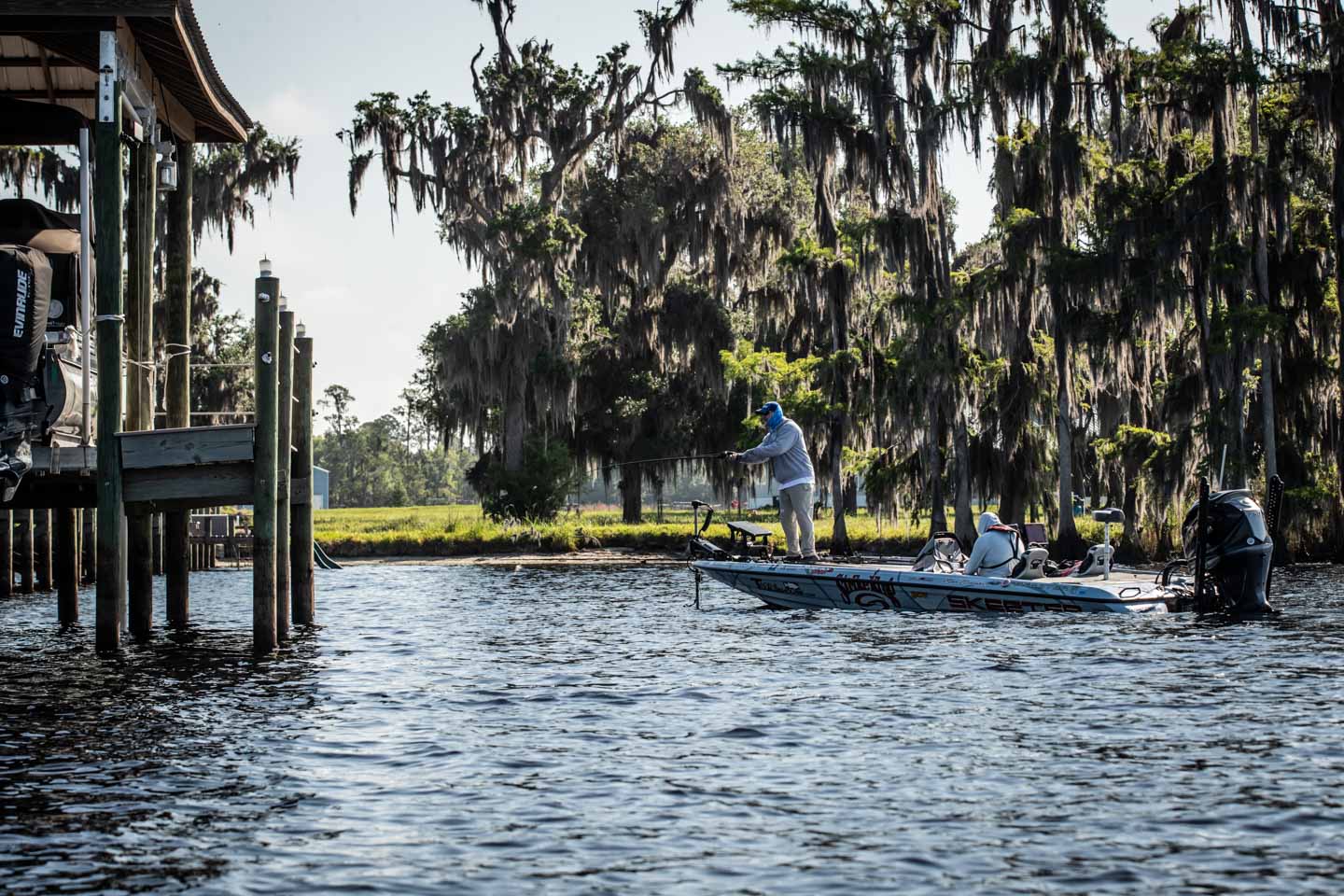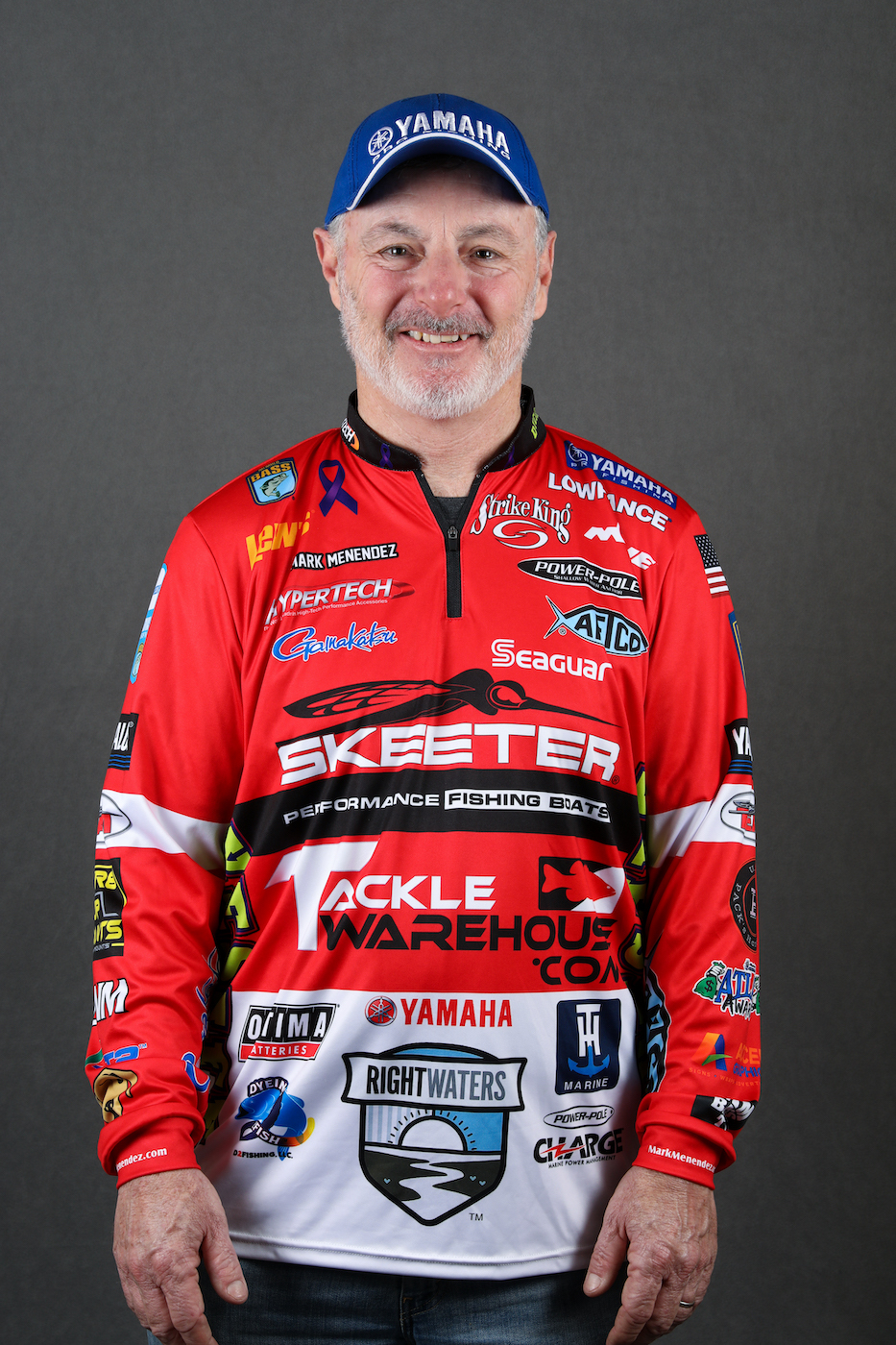
One thing I can tell you about life as a professional angler is that this life is a gamble. Early on in our careers we are working to develop our partnerships, and those can change at a moment’s notice. Each day we’re on the water, things can swing one way or the other on each presentation.
An important thing I’ve learned throughout my career is I have to control the things I can control in order to minimize the chances of something catastrophic happening, especially things I could have affected with a little bit of effort.
I call it my risk management time.
The two biggest areas to apply risk management are in my tow vehicle and my boat.
The first step is maintenance. Of course, I change the oil and filter in my truck every 3,000 to 5,000 miles to ensure that I keep it running smooth and clean. I also make sure my truck is as clean as it can be when I leave the house. I believe having a clean truck can actually help slightly with fuel mileage because there’s less resistance to the wind, so I try to keep my rig clean.
The truck is one of the biggest areas of fuel expenditure, and being a “semi-professional truck driver” who gets to fish a little, I try to make sure I’m getting the optimal fuel mileage in my truck. I’ve always used Hypertech Spectrum tuners, React Throttle Optimizers, and now I’ve added the Tire Pressure Monitoring system for my Skeeter trailer.
Hypertech’s tuners and throttle optimizers have allowed me to set my truck’s computers and throttle response to give me optimal fuel mileage — or power when I’ve needed it on steep or long uphill runs. Now, I can see the tire pressure and the hub temperature of my trailer with a small solar powered monitor on my dash. That can help me respond to changes in those conditions before they become emergencies.
In case of emergencies, I carry Hypertech’s Tire Repair Kit and a can of Fix-a-Flat so that I can make small repairs and get back on the road quicker.
All of those things help me stay safer when towing across the country.
In the boat, fuel management and power management are critical to being able to operate efficiently. I follow the specs on my Yamaha SHO 250 to a T. I change all of my fluids after the 20-hour, break-in period, and then I change the Yamalube in the engine and gearcase at 100 hours, along with the impeller for the water pump.
Staying on top of those things helps the engine run smoother, but it also helps minimize the risk involved with pushing my equipment to the extreme like I do.
Finally, there’s power in the boat. With all of the electronics and electronics accessories — as well as the high-powered trolling motors now available — having maximum electricity is necessary. I’ve run Group 31 Optima Blue Top AGM Batteries for almost 15 years now and have enjoyed trouble-free operation out of them every year. The Optima Blue Tops are specially made to be able to handle the discharge/recharge cycles of the marine environment, and they are built to withstand the vibration of a boat speeding across the water.
Now, with the use of the Power-Pole Charge Marine Power Management System, the power generated by the alternator on my Yamaha not only keeps the cranking battery topped off, but it helps keep the three 12 volt Blue Tops charged so that my Power-Pole Move trolling motor runs at full capacity all day.
The bottom line is a little planning and preparation can save ensure safety, increase performance and save money and downtime with our trucks and boats.





